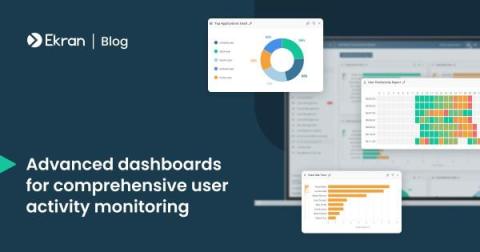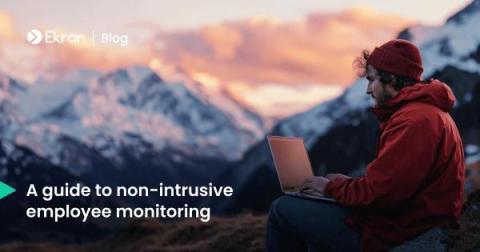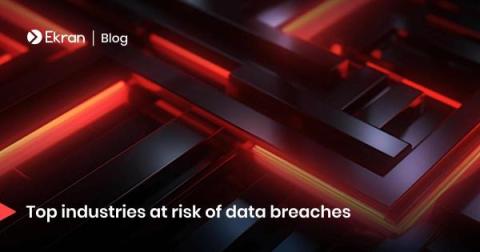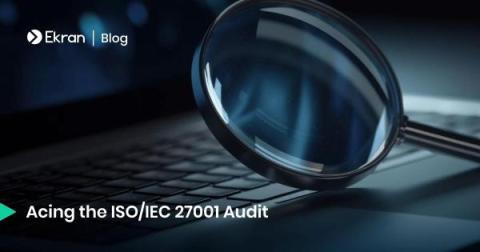Lessons Learned from 7 Real Insider Threat Examples
Organizations must navigate myriad security threats. While many cyber threats come from malicious actors outside the organization, insider threats can be even more devastating to a business. Insider threat prevention should be a top priority for security teams. But what are these cyber attacks, and what do they teach us about how to protect critical assets? Here, we examine several real-world examples of insider threats at major organizations and what those organizations did to remediate the threat.









